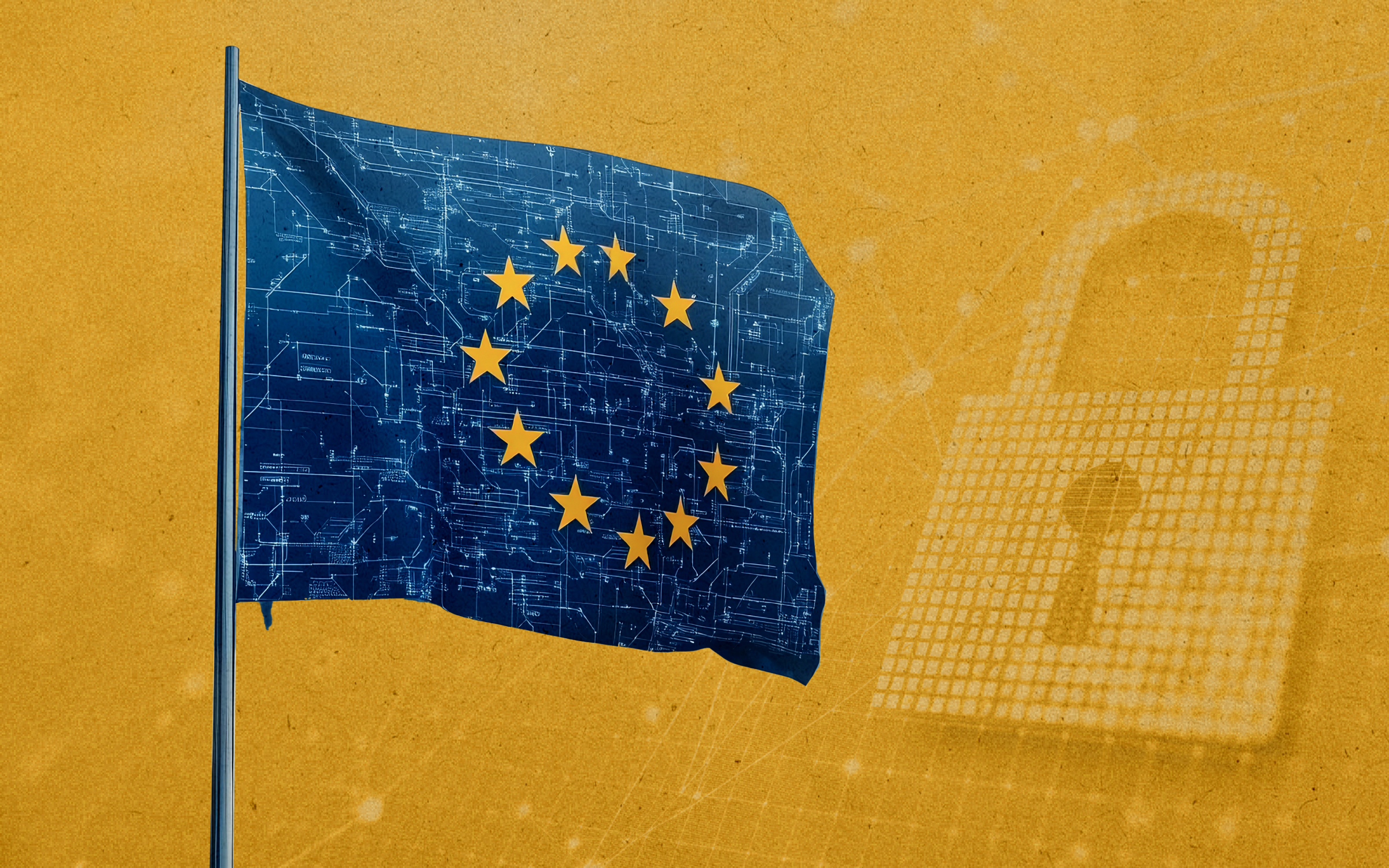As a growing number of diversity executives like you lean on employee resource group (ERG) leaders to foster inclusion across your organization, it’s time to discuss compensation. After all, ERG leaders’ tasks can take up to three hours per week (on average) on top of the demands of their full-time jobs.
The Rise Journey’s State of the ERG 2022 report found that while corporate investment in ERG leader roles is increasing, more than half of roles are unpaid. This is especially important considering these positions are often held by individuals in marginalized groups that already make less money than their white counterparts. Of the 187 executives surveyed, only 6% noted their companies paid ERG leaders for their time in 2020 — in the form of an hourly rate, a bonus, or cash — compared to 46% in 2022.
Jes Osrow, the fractional head of DEI at The Rise Journey, a consulting company dedicated to addressing the DEIBA gap, says the two justifications leaders make for not paying ERG leaders is lack of data and budget. Osrow explains why both are moot points.
“Now, there’s data…a lot of other folks talking about it,” Osrow says. “If a CEO is making any kind of bonus and the rest of their teams aren’t; if a CEO’s salary is more than 50% than what ERG leads are making, and they’re not paying their leads, then it becomes about wealth…and selfishness about the business because [the business case for] ERGs has been proven.”
Beyond the quantitative, there are qualitative reasons for paying leaders as well. “[Paying ERG leaders] acknowledges that ERG leaders already have a full-time job on their plate and that managing an ERG to the fullest capacity is a role… They’re managing a budget and connecting across departments,” says Kendra Mack, the vice president of diversity, equity, inclusion, and belonging at tech company Kanarys. “Paying them for those efforts is a way that a company can show their commitment to ensuring that ERGs are run properly and that their employees aren’t burned out trying to take on these tasks in addition to their role.”
Senior Executive DEI spoke with six diversity leaders across industries to understand how they’ve incorporated ERG leaders’ pay into their DEI strategy. Here are four tips as you work toward fairly compensating ERG leaders:
1. Factor paying ERG leaders into your budget.
The best time to ask executives and shareholders to pay ERG leads is now. The amount and payment distribution can evolve over time and as it proves beneficial, but it’s important to get it added as a budget line item.
“Even if it starts with a small $250 a year stipend per lead, get that line item in as soon as humanly possible because you can always increase it,” says Osrow.
Mack adds that the amount you pay each ERG lead depends on three things: the size of your company, the size of the ERGs, and your company’s commitment to your ERGs.
Amy Hull, the director and head of DEI at Paycor, says the organization, which has approximately 2,300 employees, provides $500 bonuses to each ERG lead. Although Paycor has seven ERGs, some groups have more than one lead, totaling from 11 to 15 bonuses per year. “We do not have them on a salary or a payroll… We have given them spot bonuses, typically at the end of the calendar year, which is mid-fiscal year for us.”
Meanwhile, Aubrey Blanche-Sarellano, the senior director of people operations and strategic programs at Culture Amp, which has a similarly sized workforce of more than 2,000 employees, says the software company compensates ERG leaders with both cash — $3,000 for up to four leaders per ERG and $6,000 for one chair per group — and additional professional development.
“Some [additional professional development] is specifically focused on ERG leadership, but also, for example, if you are a board member of Camp Carebears, [our caregiver ERG], whether or not you are a manager, you’re eligible to take our manager training,” says, Blanche-Sarellano, who is also a member of the Senior Executive DEI Think Tank. “What we find is we have really successful promotion rates from ERG leadership to management. We see ERGs as both a community initiative as well as professional development.”
If you’re employed at a larger company, your organization may be able to invest more money in ERG leaders. For example, LinkedIn, which has more than 20,000 full-time employees, announced in a 2021 blog post its decision to annually compensate 20 ERG global co-chairs $10,000 during their two-year terms.
According to the State of the ERGs 2022 report, most organizations ranging in size from 101 to 250 employees typically paid each ERG lead $1,500 to $5,000. Additionally, ERGs had at least two leaders per group, despite the size of the organization.
If your company is in the early stages of running ERGs, it’s OK to take the time to collect data to make your case for paying leaders. Fatou Njie-Jallow, the director of DEI at the New England Center for Children, says, “It’s important for our first six to 12 months to get the data so we can show the organization the value of compensating or giving additional benefits [to ERG leaders].”
Per McKinsey, some of the metrics you can track to measure the effectiveness of your ERGs include the number of active members, member experience, and intersectional demographics.
2. Choose how best to distribute the payment.
According to the State of the ERG 2022 report, the most common types of compensation for ERG leaders include:
- Additional professional development opportunities
- Company swag
- Additional mentorship opportunities
- Spot bonus (not guaranteed)
- Annual stipend
- Spot bonus (guaranteed)
- Hourly rate
- Donation to charity
Non-monetary alternatives can be offered by organizations that are concerned about global economic uncertainty or worried about their bottom line. Although you have to do what’s best for your company, Osrow reiterates that cash is king, especially since employees volunteering to lead ERGs are marginalized groups in the workplace, including parents, caretakers, LGBTQ+, and BIPOC.
“If a company has not done a compensation analysis recently, I’m going to assume [the marginalized groups] are underpaid compared to their white male counterparts,” Osrow says. “Then you have a group of people who are not only marginalized in a bunch of ways, but then are also underpaid comparatively to the bar and you’re asking them to do free work on top of that.”
3. Outline your expectations for ERG leaders.
As the head of DEI within your organization, it’s your responsibility to create a roadmap and set goals for ERG leaders to meet. It takes the responsibility off employees’ shoulders, provides a fuller experience for ERG members, and allows you to track your return on investment.
Mack, who worked as a senior consultant at Korn Ferry before joining Kanarys, says a few essential elements of a roadmap are:
- Year-over-year goals
- Heritage month programming
- Target goal for number of calendar events, including ERG-only, company-wide, and community events
- Learning and development opportunities
To create realistic roadmaps, Osrow suggests putting ERGs into two buckets: business-driven and community-focused.
Business-driven ERGs, which Osrow refers to as “active” ERGs, are typically aligned with an organization’s overarching strategic goals. These groups are expected to routinely host bimonthly and monthly “identifier-only and ally-friendly meetings,” such as a workshop on supporting LGBTQIA+ employees, as well as recruitment events and external panels.
Alternately, community-focused ERGs are typically smaller, such as parents and caregivers, and driven by creating an internal community for members. There’s less focus on achieving business goals and more emphasis on creating a safe space for identifiers and allies. For example, the parents and caregivers ERG might include family anecdotes and pictures in its newsletter.
“Set expectations,” advises Osrow. “It should be very clear what [ERG leads] need to do, especially if they’re getting compensated.”
She adds the more you expose ERG leaders to what’s outside of their job role, the more skills they’ll acquire, leading to raises and promotions. “If I learned how to work a budget because I’m an ERG lead when I never had exposure to that and that helps me get to that next role, then that must be considered.” Osrow says this consequently leads to more diversity at the top.
4. Delegate an executive sponsor to work alongside ERG leaders.
Despite how many ERG leaders you assign to each resource group, you should still assign an executive sponsor to assist with the effort. It further reiterates your commitment to the ERG.
“An executive sponsor is there to champion. They’re there to raise things to the highest level and also get their hands in the mud a little bit,” Osrow says. “Benchmark ERG sponsorship should be standard across the board, and it can be done by somebody, ideally, VP level and above.”
Netta Jenkins, the VP of global inclusion at Unqork and a founding member of the DEI Think Tank, says, despite how they identify, every executive at the tech company sponsors each of Unqork’s ERGs on a rotating basis. The executive sponsors attend weekly meetings and champion their ERG’s initiatives to other C-suite members while further connecting with employees at all levels.
“They’re learning about barriers that exist. They’re helping with the roadmaps. They’re really in the weeds,” Jenkins says. “They’re also then identifying who individuals are within these ERGs. What type of work are they doing? How can that relate to the work they may want to do? How can they move up? There’s a tremendous amount of amplification within Unqork, and there’s a lot of power and beauty in that.”






